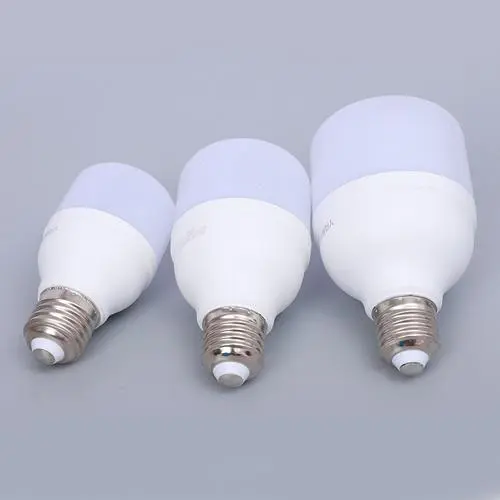Introduction to LED Light Bulbs
Light Emitting Diodes (LED) are revolutionizing the lighting industry with their efficiency and longevity. But how do these small, seemingly simple devices actually work? In this blog post, we will delve into the science behind LED light bulbs and explore their operational mechanism in a formal yet comprehensible manner.
The Science of Light Emission
LED light bulbs produce light through a process known as electroluminescence. This phenomenon occurs when an electric current passes through a semiconductor material, causing the material to emit light. Unlike incandescent bulbs that generate light via a filament that heats up, LEDs create light more directly, making them far more energy-efficient.
The Role of Semiconductors
At the core of an LED light bulb lies a semiconductor, typically made of materials like gallium arsenide or gallium phosphide. These semiconductors contain impurities known as dopants, which modify their electrical properties. When an electric current is applied, electrons move across the semiconductor, transitioning between energy levels. This movement releases energy in the form of photons, which we perceive as light.
Advantages of LED Technology
LED light bulbs offer several significant advantages over traditional lighting solutions. Their energy efficiency translates to lower energy consumption and reduced utility bills. Additionally, LEDs have a much longer lifespan, often exceeding 25,000 hours of use. Their durability and reduced environmental impact further establish LEDs as a superior choice for modern lighting needs.
Conclusion
Understanding how LED light bulbs work provides insight into why they are rapidly becoming the lighting technology of choice for many. The electroluminescent process, facilitated by advanced semiconductor materials, paves the way for a more sustainable and cost-effective future. As technology progresses, the adoption of LED light bulbs will likely accelerate, further contributing to energy conservation and ecological preservation.

